Ukrainian culture has never been unknown in the world. It's just that many people didn't know that this or that outstanding person came from Ukraine. I continue to compile posts about this because I see it necessary. After all, I'm sorry when people close to me accuse me that "Shchedryk" is just some stupid New Year's song, I want to take a heavy book and hit it on the head. Well, what. Let's start with the same song.
Українська культура ніколи не була невідомою в світі. Просто багато хто не знав, що та чи інша видатна особистість родом з України. Продовжую добірку дописів про це, тому що бачу це потрібно. Адже, вибачте, коли мені закидають недалекі люди, що "Щедрик" це просто якась тупа новорічна пісенька мені хочеться взяти важку книгу та бити по голові. Ну штош. Почнемо із тої самої пісеньки.
The world-famous version of "Shchedryk" is an adaptation of a folk melody by Ukrainian composer Mykola Leontovych, which he proposed in 1916. In the same year, it was performed for the first time by the choir of Kyiv University. And in October 1921, Shchedryk premiered in the United States. The performance of the song at a concert in New York's Carnegie Hall was the starting point for a new story of the famous melody.
In America, "Shchedryk" quickly gained mass popularity. In 1936, the American composer and conductor of Ukrainian origin Petro Vilkhovsky wrote the English text of the song, calling it "Carol of the Bells". Since then, the Christmas carol has become a Christmas hit, which musicians from around the world are constantly interpreting.
Відома на весь світ версія «Щедрика» - це обробка фольклорної мелодії українським композитором Миколою Леонтовичем, яку він запропонував у 1916 році. У цьому ж році її вперше виконав хор Київського університету. А вже в жовтні 1921 року відбулася прем’єра Щедрика в США. Виконання пісні на концерті в нью-йоркському Карнегі-Холі стало точкою відліку нової історії відомої мелодії.
В Америці «Щедрик» швидко набирав масову популярність. У 1936 році американський композитор і диригент українського походження Петро Вільховський написав англійський текст пісні, назвавши його «Carol of the Bells». З того часу щедрівка перетворилася в різдвяний хіт, який музиканти з усього світу невпинно інтерпретують.
Just enter "carol of the bells" on YouTube and see how many versions of this song there are. You can also count the number of views of these videos, as well as the number of likes under them. And Leontovych himself is called the Ukrainian Bach for his huge contribution to the development of choral music.
Просто введіть в YouTube "carol of the bells" та подивіться скільки варіантів цієї пісні є. Ще можете порахувати кількість переглядів цих відео, а також кількість лайків під ними. А самого Леонтовича називають українським Бахом за величезний внесок в розвиток хорової музики.
Not enough of that? Okay, let's take a look at artists who have simply been appropriated by russia and are shouting that they are russians and that is their pride. Well, just so you understand that russia is not only stealing our songs today but has been stealing EVERYTHING throughout its history. Then there will be a selection of surnames that everyone knows, but for some reason, everyone considers these people russians. And the Russians are willing to believe it.
Мало цього? Окей, давайте пройдемось по митцям, яких просто напросто привласнила росія та кричить, що вони росіяни і це виключно їхня гордість. Ну просто щоб ви зрозуміли, що росія не тільки сьогодні краде наші пісні, а всю свою історію крала ВСЕ. Далі буде добірка прізвищ, котрі знають всі, але чомусь всі вважають цих людей росіянами. І росіяни в це охоче вірять.
Микола Гоголь / Mykola Gogol
The Russians consider Mykola Gogol a classic of their literature. However, the writer was born in Sorochintsy, Poltava province and belonged to the Ukrainian Cossack officer noble family Gogol-Yanovsky. Mykola Vasyliovych was interested in Ukrainian folk art - this was manifested, for example, in "Evenings on a farm near Dykanka" or the novel "Taras Bulba". russia has decided to appropriate all the achievements of the writer, using one of the most important arguments: the works are written in Russian. But Mykola Gogol repeatedly revealed his Ukrainian essence.

Росіяни вважають Миколу Гоголя класиком саме їхньої літератури. Однак письменник народився в Сорочинцях Полтавської губернії і належав до українського козацького-старшинського дворянського роду Гоголів-Яновських. Микола Васильович цікавився українською народною творчістю — це й проявилося, наприклад, у «Вечорах на хуторі біля Диканьки» чи повісті «Тарас Бульба». Росія вирішила привласнити собі всі досягнення письменника, використовуючи один із найбільш вагомих аргументів: твори написані російською. Та Микола Гоголь неодноразово виявляв свою українську сутність.
Петро Чайковський / Peter Tchaikovsky
Peter Tchaikovsky is considered an outstanding figure of russian culture, but the composer had Ukrainian roots - his paternal lineage came from the Cossack's Seagulls. From the age of 24 the artist came to Ukraine every year for several months, where he wrote more than 30 musical works: the romance song "Cherry Orchard Near the House", the duet "In the Garden by the Ford" by Taras Shevchenko, the opera "Blacksmith Vakula" etc. Pyotr Tchaikovsky was the first to talk about his Ukrainian origin - in 1900 he published the family's memoirs and information that their great-grandfather was a native of Poltava.
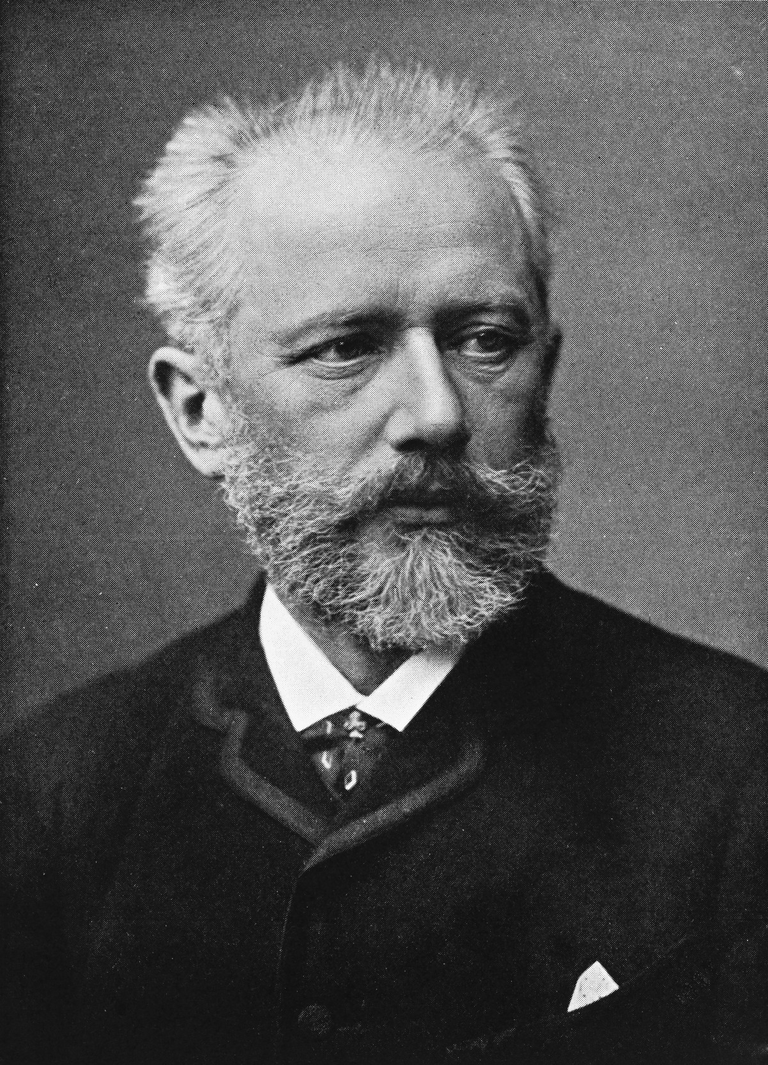
Петра Чайковського вважають видатним діячем російської культури, проте композитор мав українське коріння — його рід по батьківській лінії походив від козаків Чайок. З 24-річного віку митець щороку приїжджав до України на кілька місяців, тут він написав понад 30 музичних творів: пісню-романс «Садок вишневий коло хати», дует «На городі біля броду» на слова Тараса Григоровича Шевченка, оперу «Коваль Вакула» тощо. Першим про українське походження Петра Чайковського заговорив його рідний брат — у 1900 році він оприлюднив спогади родини та інформацію про те, що їхній прадід був родом із Полтавщини.
Ілля Рєпін / Ilya Repin
The artist Ilya Repin was born in Chuguev in the Kharkiv region. His father came from a Cossack family nicknamed Ripa, and his mother was from a family of military settlers. Elijah began to paint as a child: he received his first knowledge from his cousin Trokhim Chapygin, and then studied icon painting and forged by painting churches. Elijah later entered the Academy of Arts in St. Petersburg and has since become part of the cultural world of the russian empire.
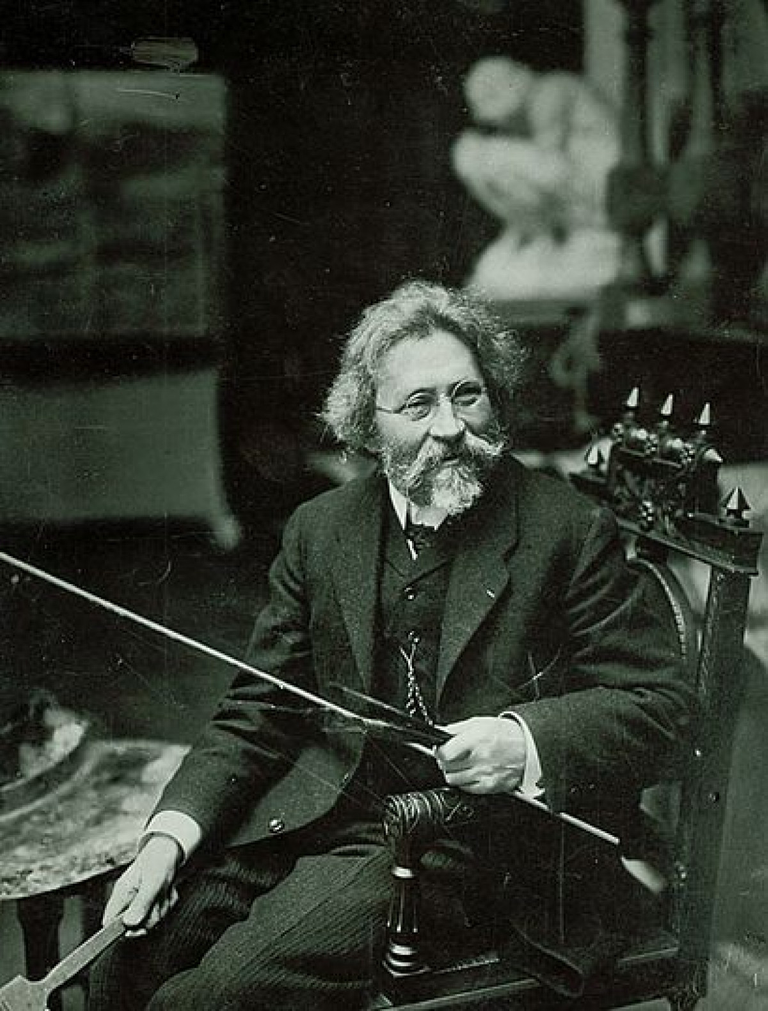
Художник Ілля Рєпін народився в Чугуєві на Харківщині. Його батько походив із козацького роду на прізвисько Ріпа, а мати була із родини військових поселенців. Малювати Ілля почав ще в дитинстві: перші знання отримав від двоюрідного брата Трохима Чапигіна, а потім вивчав іконопис та підробляв розписуванням храмів. Пізніше Ілля вступив до Академії мистецтв у Санкт-Петербурзі — відтоді й став частиною культурного світу російської імперії.
However, the artist did not sever ties with Ukraine, so he created a series of paintings on Ukrainian themes. One of the most prominent - is "Cossacks write a letter to the Turkish sultan." The painting was painted under the influence of the works of the famous researcher of the history of the Cossacks Dmitry Yavornytsky. Ilya Repin also helped the Union of Fine Arts. V. Vereshchagin in Mykolayiv and was an honorary member of the Kyiv Literary and Artistic Union and the Kyiv Union of Antiquities and Art. But for some reason, all russians are silent about it.
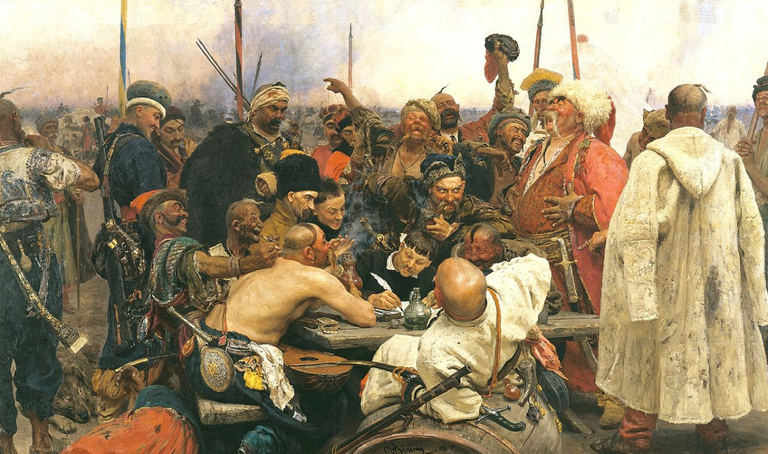
Проте, зв’язку з Україною художник не поривав, тому й створив цілу серію картин саме на українську тематику. Одна із найбільш визначних — «Запорожці пишуть листа турецькому султану». Картина написана під впливом робіт відомого дослідника історії козацтва Дмитра Яворницького. Також Ілля Рєпін допомагав Спілці образотворчих мистецтв ім. В. Верещагіна в Миколаєві та був почесним членом Київської літературно-артистичної спілки й Київської спілки старовини й мистецтва. Але про це все росіяни чомусь мовчать.
Казимир Малевич / Kazimir Malevich
Avant-garde artist Kazimir Malevich was born in Kyiv into a family with Polish roots. The father worked at a sugar factory, so he dreamed of his son becoming a sugar factory. Kazimir Malevich graduated from agronomic school, but later continued his studies at the Kyiv Art School of Mykola Murashko. Later, the future artist lived in Kursk and wanted to enter the Moscow School of Painting, Sculpture and Architecture.
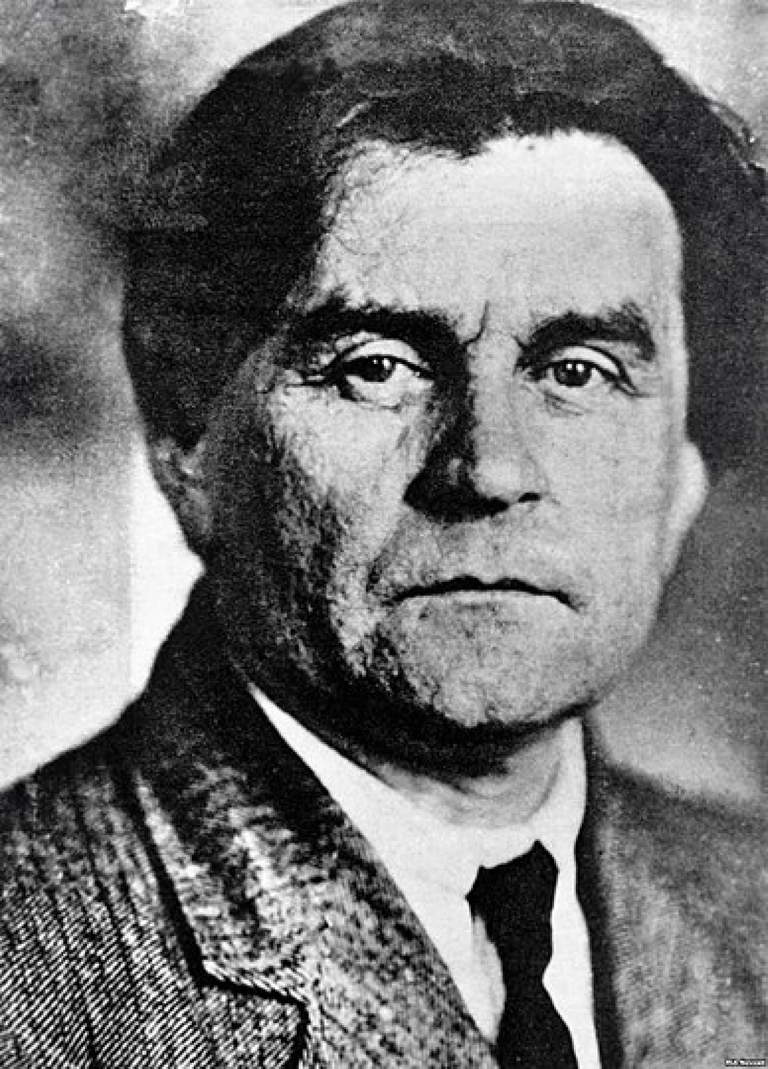
Художник-авангардист Казимир Малевич народився в Києві в сім’ї з польським корінням. Батько працював на цукрозаводі, тому мріяв, щоб і син став цукроваром. Казимир Малевич закінчив агрономічне училище, проте згодом продовжив начання у Київській художній школі Миколи Мурашка. Пізніше майбутній художник проживав у Курську і хотів вступити до Московського училища живопису, скульптури й зодчества.
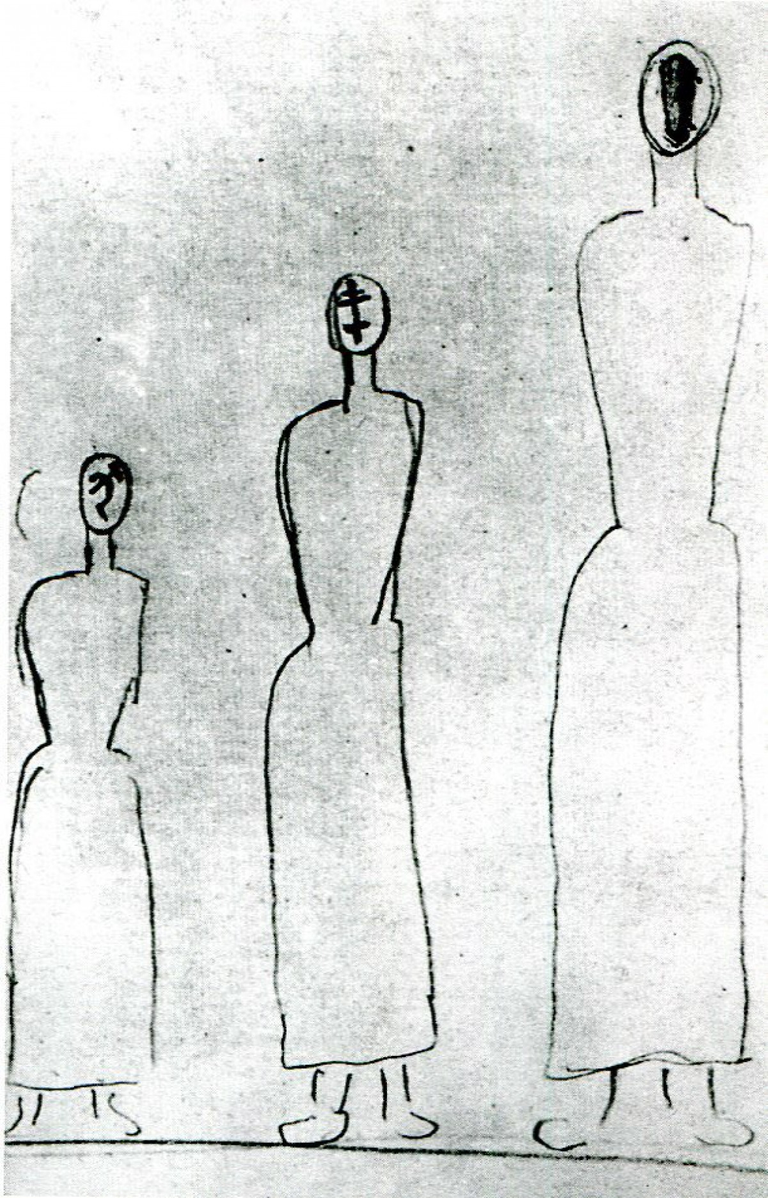
One of the most famous works of Kazimir Malevich - "Black Square". However, the artist used the theme of the Holodomor of 1932-1933 in other works - in particular in the sketch "Where the sickle and hammer, there is death and famine." Kazimir Malevich also dedicated various cycles of works to Ukrainian landscapes, icons that were in every Ukrainian house.
Одна з найзнаменитіших робіт Казимира Малевича — «Чорний квадрат». Однак художник використовував тематику Голодомору 1932-1933 років і в інших роботах — зокрема в ескізі «Де серп і молот, там смерть і голод». Також Казимир Малевич присвячував різні цикли робіт українським пейзажам, іконам, які були в кожній українській хаті.
Kazimir Malevich was arrested twice, and in 1933 his art was outlawed. In 1930, during an interrogation of Chekists in Leningrad, the artist said that he was Ukrainian by nationality.
Казимира Малевича двічі арештовували, 1933 року його мистецтво оголосили поза законом. У 1930 році під час допиту чекістів у Ленінграді художник сказав, що він за національністю українець.
And now I will finally tell you another interesting fact. The original film "For Two Hares" in Ukrainian was found in the archives of Mariupol. Prior to that, all copies were dubbed in russian. And it not only shifted the accents but turned everything upside down. In the original film, all the positive characters speak Ukrainian, and the negative ones speak russified Ukrainian. After the resounding, the opposite happened.
А тепер наостанок розкажу ще один цікавий факт. Оригінал фільму "За двома зайцями" українською мовою був виявлений в архівах Маріуполя. До цього всі копії були в переозвученні російською. І це не просто змістило акценти, а перевернуло все з ніг на голову. В оригіналі фільму всі позитивні персонажі розмовляють українською, а негативні – русифікованим суржиком. Після переозвучення все стало навпаки.
The main problem for Russians is that without Ukraine, without its historical and cultural heritage, they automatically lose their identity.
Головна проблема росіян у тому, що без України, без її історичної та культурної спадщини вони автоматично втрачають власну ідентичність.
And no, I'm not against russian writers or other artists. On the contrary, I am for. After all, they themselves quite actively humiliated russia and russians by talking about how everyone lives there, what is the mentality there and so on. Therefore, let them be studied in part in our country. Just not these pop works in which the russian Empire is so perfect, but others.
І ні, я не проти російських письменників чи інших митців. Навпаки я за. Адже, вони самі досить активно принижували росію та росіян розповідаючи про те, як там всі живуть, який там менталітет і так далі. Тому частково нехай їх вивчають у нас в країні. Просто не оці попсові твори в яких російська імперія така ідеальна, а і інші.
Next up, don't switch 😎
Далі буде, не перемикайтесь 😎
"The main problem for Russians is that without Ukraine, without its historical and cultural heritage, they automatically lose their identity."
The main problem for Ukrainian's is the fact they let mobsters like Igor Kolomoisky run the country and launder the second most money in the world through the banks. Without that massive amount of money laundering......Ukraine loses it's identity.
@broncnutz unfortunately, we are not an ideal country. We have corruption, we have problems and we admit it, believe me. I do not hide or try to justify Kolomoisky or keep silent about corruption.
And we are well aware that the war in our country is a consequence of such problems. Such as, for example, the same oligarchs who do not go to prison for their crimes. Or politicians who cut army funding and stole money instead of preparing for a possible full-scale war.
But we are trying to change something. Especially activists who find evidence of crimes, who are investigating and trying to draw the world's attention to it. And today they are also gathering evidence of politicians' crimes to bring them to justice.
We do not have a perfect judicial system, we have many high-ranking corrupt officials. However, we have believed and still believe that with all the reforms that the EU tells us to accept, sooner or later we will be able to change something in this.
And the greatest fear of Ukrainians today is that when the war is over, nothing may change.
Wow, man, I always respected you and my respect to you went even higher after this comment. I wish you read this post about the same topic : Politicis and Culture !.
@tipu curate 💙💛 🇺🇦 💛💙
Upvoted 👌 (Mana: 0/500) Liquid rewards.
Congratulations @scrodinger! You have completed the following achievement on the Hive blockchain and have been rewarded with new badge(s):
Your next target is to reach 46000 upvotes.
You can view your badges on your board and compare yourself to others in the Ranking
If you no longer want to receive notifications, reply to this comment with the word
STOP